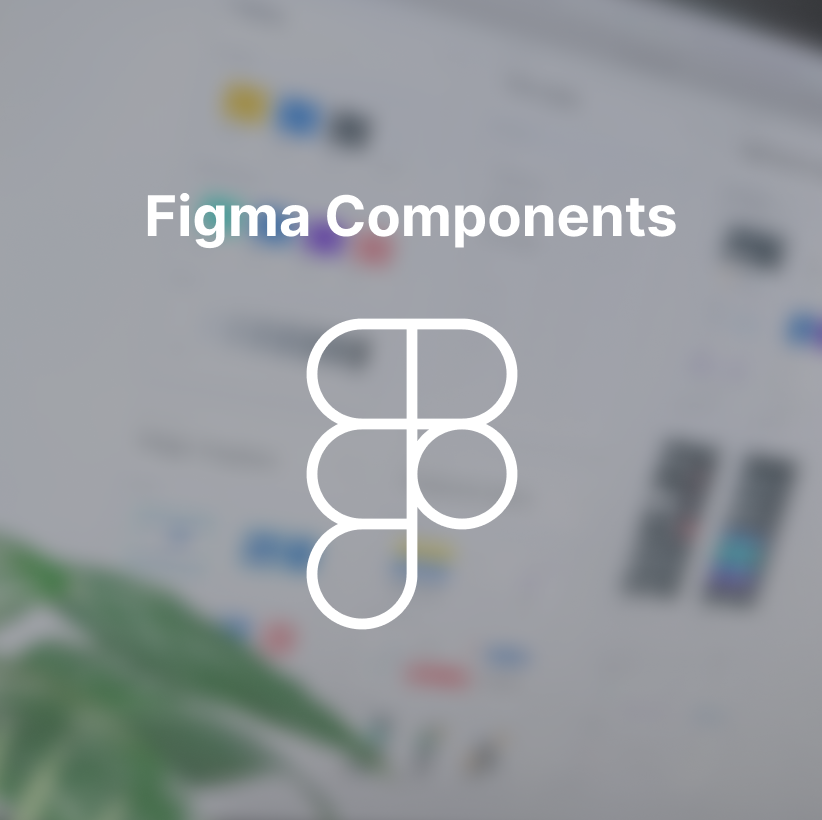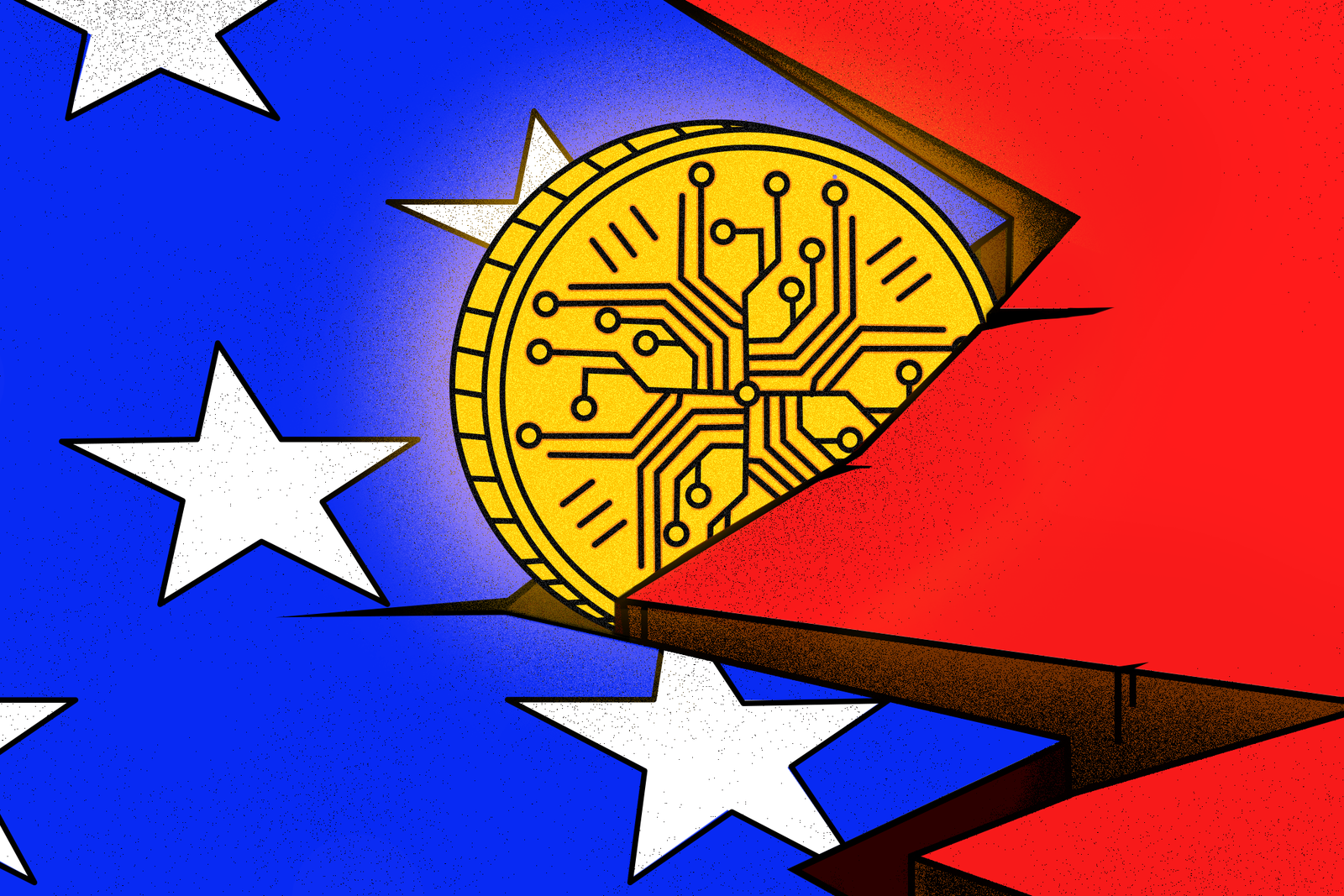Understanding Figma's AI-Powered Design Revolution

Table of Contents
Generative Design in Figma: Unleashing Creative Potential
Generative design in Figma is leveraging AI algorithms to produce design variations based on user-defined parameters and prompts. This exciting development offers several key benefits:
-
Increased Speed: Generative design significantly accelerates the design process. Instead of manually creating numerous iterations, designers can quickly generate a range of options, saving valuable time and effort. This is particularly useful for tasks like logo design, where multiple variations are often needed.
-
Exploration of Diverse Design Options: AI algorithms can explore a much wider design space than a human designer could manually. This leads to the discovery of innovative and unexpected solutions that might not have been considered otherwise. The ability to quickly iterate and explore different styles helps overcome creative blocks and fosters fresh perspectives.
-
Overcoming Creative Blocks: When faced with a design challenge, generative design tools in Figma can provide a starting point or spark inspiration. By inputting basic parameters, designers can receive a set of unique design suggestions, helping them overcome creative blocks and move forward with their project.
Several Figma plugins and features already utilize generative design. For example, some plugins can generate unique UI elements, while others focus on creating variations of logos or illustrations based on text prompts. The possibilities are expanding rapidly as AI technology continues to advance. Experimentation with different AI design tools within Figma is key to unlocking this creative potential.
AI-Powered Design Assistance: Smart Features for Enhanced Workflow
Beyond generative design, Figma integrates intelligent features that automate repetitive tasks and provide design assistance, boosting overall workflow efficiency.
-
Automating Repetitive Tasks: Figma's AI can automate tasks like resizing, spacing, and aligning elements, freeing up designers to focus on more strategic design decisions. This significantly reduces the time spent on tedious, manual adjustments.
-
Design Suggestions and Quality Improvements: The AI can identify inconsistencies in design, suggest improvements to layouts, and even offer alternative design choices based on best practices. This ensures a more polished and professional final product.
-
Boosting Designer Productivity and Efficiency: By automating mundane tasks and providing intelligent design suggestions, Figma's AI empowers designers to work faster and more efficiently. This allows designers to take on more projects or dedicate more time to complex design challenges.
Examples of specific AI-powered features include automatic layout adjustments, smart resizing based on content changes, and suggestions for improving visual hierarchy and readability. These intelligent features are constantly improving, making the design process smoother and more intuitive.
The Future of Design with Figma's AI Integration
The integration of AI in Figma is just the beginning of a design revolution. The future holds exciting possibilities:
-
Hyper-Personalization: AI could personalize the design experience, tailoring tools and features to the individual designer's preferences and working style. This could lead to a more intuitive and efficient design workflow.
-
Advanced Generative Capabilities: We can anticipate even more sophisticated generative design tools that create increasingly complex and nuanced designs, further pushing the boundaries of creative expression.
-
Ethical Considerations: As AI becomes more integrated into the design process, it's crucial to address ethical concerns, such as the potential for bias in AI algorithms and the impact on the role of human designers. Responsible development and usage of AI design tools will be critical.
The evolving role of the designer will focus on higher-level strategic thinking, creative direction, and human-centered design principles, while AI handles the more technical aspects of the design process.
Conclusion
Figma's integration of AI is fundamentally changing how designers work, offering powerful tools for generative design and workflow automation. From accelerating the design process to unlocking unprecedented creative possibilities, Figma's AI-powered features represent a significant leap forward in AI design tools.
Are you ready to experience the Figma AI design revolution? Explore the latest features and plugins to unlock the power of AI in your design workflow. Start experimenting with AI-powered design tools in Figma today and see how you can boost your creativity and efficiency!

Featured Posts
-
 Boston Celtics Head Coach On Jayson Tatums Wrist Latest Update
May 09, 2025
Boston Celtics Head Coach On Jayson Tatums Wrist Latest Update
May 09, 2025 -
 3 000 Babysitter 3 600 Daycare A Cautionary Tale For Parents
May 09, 2025
3 000 Babysitter 3 600 Daycare A Cautionary Tale For Parents
May 09, 2025 -
 Sensex Recovers 100 Points Higher Nifty Above 17 950 Live Updates
May 09, 2025
Sensex Recovers 100 Points Higher Nifty Above 17 950 Live Updates
May 09, 2025 -
 One Cryptocurrency Stands Strong Amidst Trade War Uncertainty
May 09, 2025
One Cryptocurrency Stands Strong Amidst Trade War Uncertainty
May 09, 2025 -
 Daycare Dilemma Expert Advice Vs Working Parent Reality
May 09, 2025
Daycare Dilemma Expert Advice Vs Working Parent Reality
May 09, 2025
